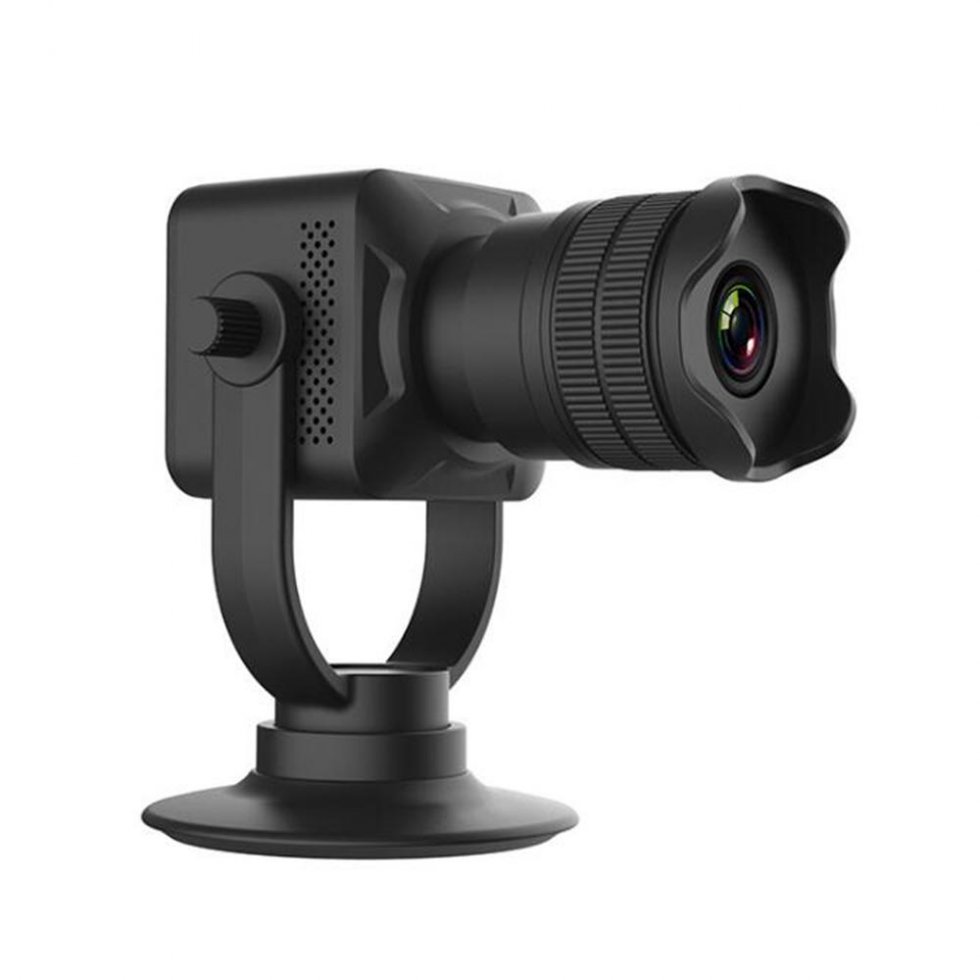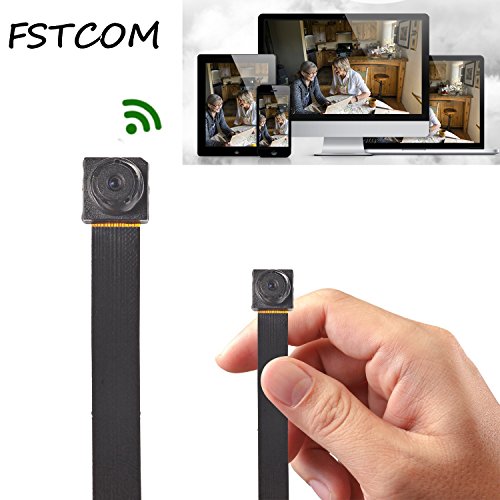
- #Mini gadgets spy camera with audio 720p
- #Mini gadgets spy camera with audio android
- #Mini gadgets spy camera with audio plus
- #Mini gadgets spy camera with audio free
Display: The Explorer version of Google Glass uses a liquid crystal on silicon (based on an LCoS chip from Himax), field-sequential color system, LED illuminated display.Glass Enterprise Edition 2 has an improved 8MP 80° FOV camera.
#Mini gadgets spy camera with audio 720p
Camera: Google Glass has the ability to take 5 MP photos and record 720p HD video.Sliding backward shows current events, such as weather, and sliding forward shows past events, such as phone calls, photos, and circle updates. Touchpad: A touchpad, similar to that of one on a laptop, is located on the side of Google Glass, allowing users to control the device by swiping through a timeline-like interface displayed on the screen.

Features Google Glass can be controlled using the touchpad built into the side of the device

Google also announced a partnership with Smith Optics to develop Glass-compatible safety frames. In May 2019, Google announced the Google Glass Enterprise Edition 2. Ned Sahin to help children with autism learn social skills. Google Glass Enterprise Edition has already been successfully used by Dr. In July 2017, it was announced that the second iteration, the Google Glass Enterprise Edition, would be released in the US for companies such as Boeing. In February 2015, The New York Times reported that Google Glass was being redesigned by former Apple executive Tony Fadell, and that it would not be released until he deemed it to be "perfect".
#Mini gadgets spy camera with audio plus
On May 13, 2014, Google announced a move to a "more open beta", via its Google Plus page. The qualifiers, dubbed "Glass Explorers" and numbering 8,000 individuals, were notified in March 2013, and were later invited to pay $1,500 and visit a Google office in Los Angeles, New York or San Francisco, to pick up their unit following "fitting" and training from Google Glass guides. In early 2013, interested potential Glass users were invited to use a Twitter message, with hashtag #IfIHadGlass, to qualify as an early user of the product. In January 2015, Google ended the beta period of Glass (the "Google Glass Explorer" program). In June 2014, Nepal government adopted Google Glass for tackling poachers of wild animals and herbs of Chitwan International Park and other parks listed under World heritage sites. Google entered in a partnership with the Italian eyewear company Luxottica, owners of the Ray-Ban, Oakley, and other brands, to offer additional frame designs.
#Mini gadgets spy camera with audio free
Google provided four prescription frame choices for $225 and free with the purchase of any new Glass unit. In May 2012, Google demonstrated for the first time how Google Glass could be used to shoot videos. Sergey Brin wore a prototype of the Glass to an April 5, 2012, Foundation Fighting Blindness event in San Francisco. The product was publicly announced in April 2012. A Glass prototype seen at Google I/O in June 2012 In April 2013, the Explorer Edition was made available to Google I/O developers in the United States for $1,500. In mid-2011, Google engineered a prototype that weighed 8 pounds (3.6 kg) by 2013 they were lighter than the average pair of sunglasses. The Google Glass prototype resembled standard eyeglasses with the lens replaced by a head-up display. Google Glass was developed by Google X, the facility within Google devoted to technological advancements such as driverless cars. The prototype was succeeded by two Enterprise Editions, whose sales were suspended on March 15, 2023. On January 15, 2015, Google announced that it would stop producing the Google Glass prototype. The headset received a great deal of criticism amid concerns that its use could violate existing privacy laws. It had an integral 5 megapixel still/ 720p video camera. Google started selling a prototype of Google Glass to qualified "Glass Explorers" in the US on April 15, 2013, for a limited period for $1,500, before it became available to the public on May 15, 2014. Wearers communicate with the Internet via natural language voice commands. Google Glass displays information to the wearer using a head-up display. It was developed by X (previously Google X), with the mission of producing a ubiquitous computer. Google Glass, or simply Glass, is a brand of smart glasses developed and sold by Google.

#Mini gadgets spy camera with audio android
Wi-Fi 802.11b/g, Bluetooth, micro USBĪny Bluetooth-capable phone MyGlass companion app requires Android 4.0.3 "Ice Cream Sandwich" or higher or any iOS 7.0 or higher Voice command through microphone, accelerometer, gyroscope, magnetometer, ambient light sensor, proximity sensor Prism projector, 640×360 pixels (equivalent of a 25 in/64 cm screen from 8 ft/2.4 m away) OMAP 4430 System on a chip, dual-core processor ġ6 GB flash memory total (12 GB of usable memory)

Optical Head-Mounted Display (OHMD), Peripheral Head-Mounted Display (PHMD), Wearable technology, Head-up displayĭevelopers (US): February 2013 ( February 2013)


 0 kommentar(er)
0 kommentar(er)
